On March 29, the Government Office issued document No. 2082 conveying Deputy Prime Minister Tran Hong Ha's opinion on submitting the "Mo Muong" and "Cheo Art" dossiers to the United Nations Educational, Scientific and Cultural Organization (UNESCO).
Accordingly, considering the proposal of the Ministry of Culture, Sports and Tourism , the Deputy Prime Minister agreed to submit to UNESCO for consideration and inclusion of the intangible cultural heritage "Cheo Art" in the list of representative intangible cultural heritage of humanity.
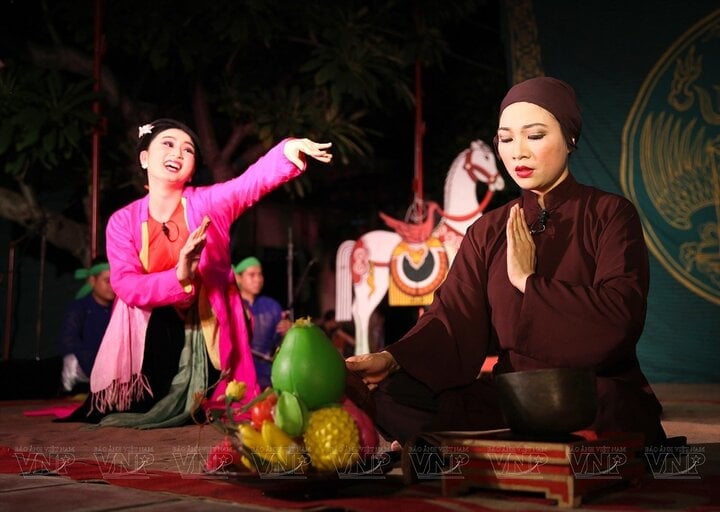
Excerpt from Thi Mau going to the pagoda in the ancient Cheo play Quan Am Thi Kinh. (Photo: VNA)
Besides, the Deputy Prime Minister agreed to submit to UNESCO for consideration and inclusion of the intangible cultural heritage "Mo Muong" in the list of intangible cultural heritage in need of urgent protection.
Deputy Prime Minister Tran Hong Ha authorized the Minister of Culture, Sports and Tourism to sign the documents according to regulations.
The Vietnam National Commission for UNESCO was assigned by the Government to preside over and coordinate with the Ministry of Culture, Sports and Tourism to carry out necessary procedures to send heritage dossiers to UNESCO, ensuring the time limit according to the provisions of the 2003 Convention for the Safeguarding of Intangible Cultural Heritage and the law on cultural heritage.
Cheo art is a type of Vietnamese folk theater art, strongly developed and popular in the Red River Delta and two spreading areas: the Northern midland and mountainous region and the North Central region.
Cheo is popular and often associated with folk festivals to thank the gods for a bountiful harvest, a prosperous village, and for farmers who work hard every day to communicate and express their feelings.
Through a long history from the 10th century to the present, the art of Cheo has penetrated deeply into cultural and social life, depicting the simple life of farmers, praising the noble qualities of human beings. Besides, there are also Cheo plays with humor, criticizing bad habits, opposing injustice, expressing love, tolerance, and forgiveness.
Mo Muong is a folk performance activity expressed in rituals associated with the spiritual life of the Muong people. The space for organizing performance activities and mo words takes place in community life and in each family that organizes a ritual.
The subjects practicing Mo Muong are the shamans, who are the keepers of mo knowledge, know thousands of mo verses by heart and are proficient in rituals and customs, and are prestigious people trusted by the community. When practicing rituals, the shaman is the one who speaks, reads, and sings mo verses during the ceremony.
The Muong people do not have their own written language, so the Muong mo (prayer) songs are passed down from generation to generation by word of mouth, and are preserved and maintained through Muong folk rituals.
Source




![[Photo] Prime Minister Pham Minh Chinh chairs a meeting of the Government Standing Committee to remove obstacles for projects.](https://vphoto.vietnam.vn/thumb/1200x675/vietnam/resource/IMAGE/2025/10/06/1759768638313_dsc-9023-jpg.webp)

![[Photo] Prime Minister Pham Minh Chinh chaired a meeting of the Steering Committee on the arrangement of public service units under ministries, branches and localities.](https://vphoto.vietnam.vn/thumb/1200x675/vietnam/resource/IMAGE/2025/10/06/1759767137532_dsc-8743-jpg.webp)





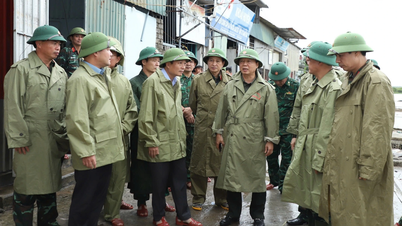

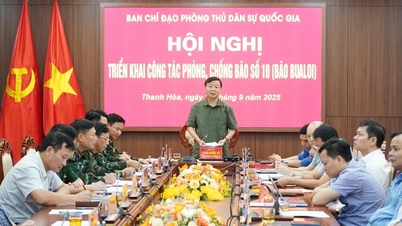






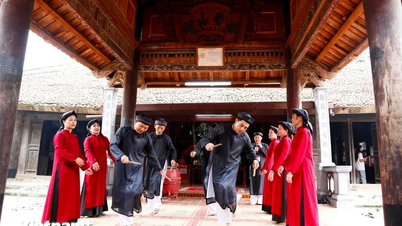












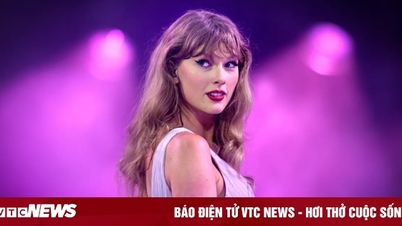



























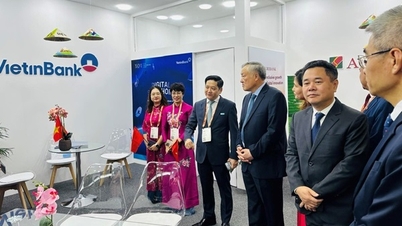





















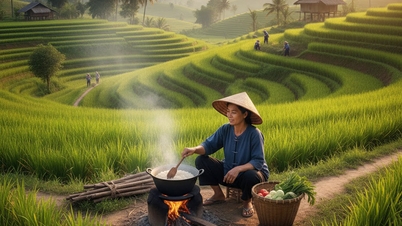

















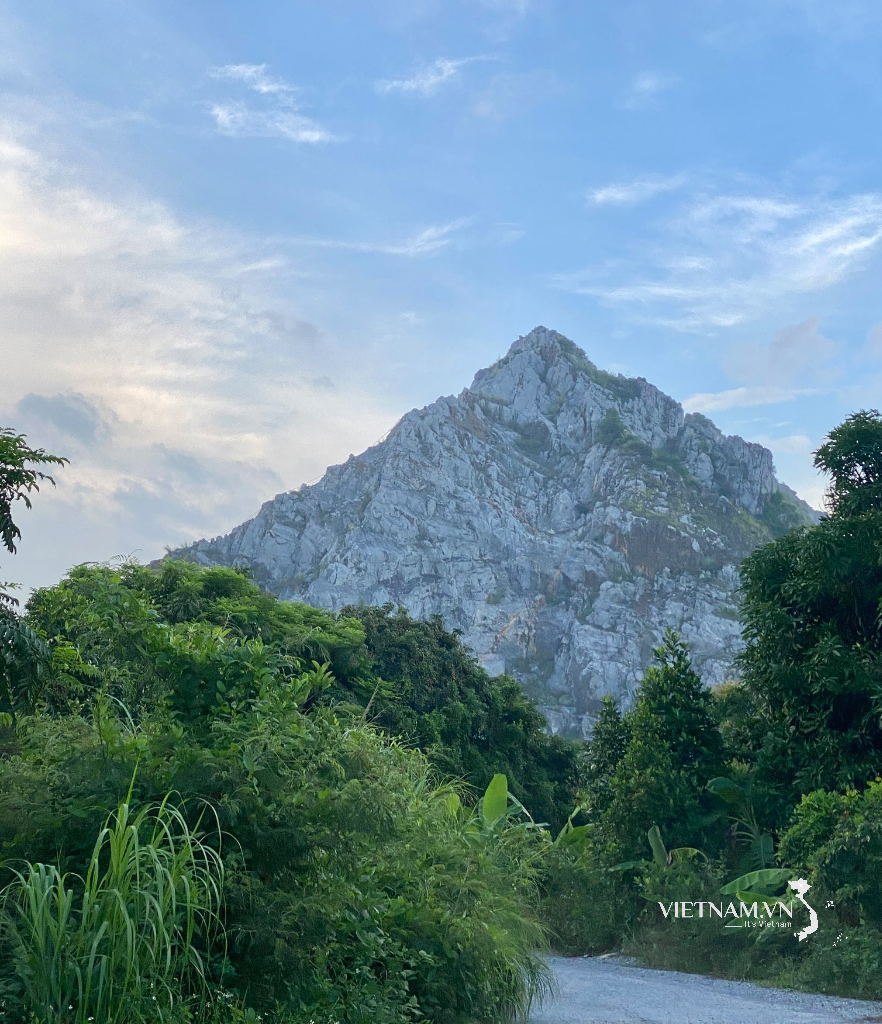
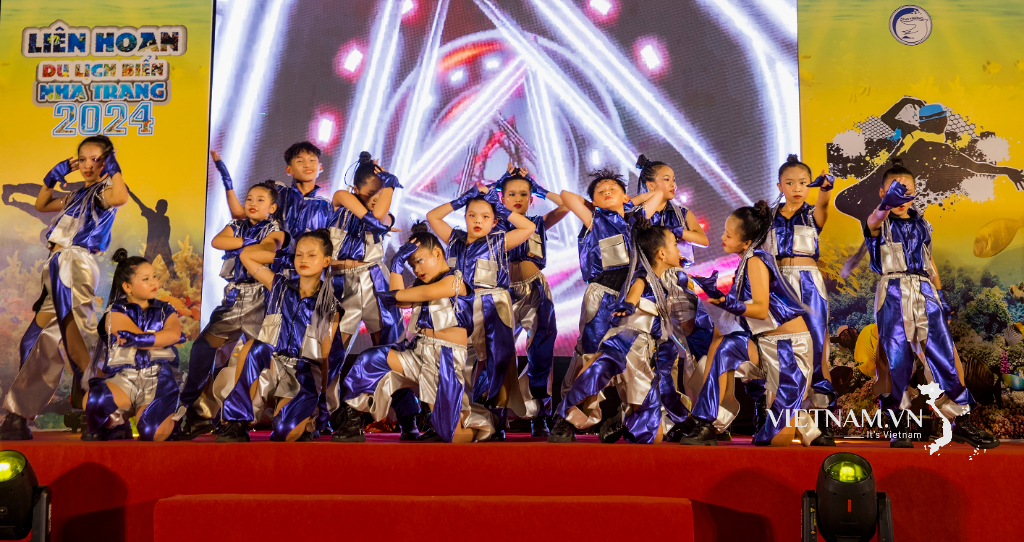
Comment (0)